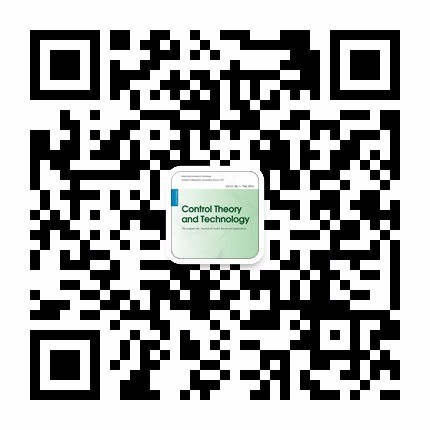| This Paper:Browse 386 Download 0 |

码上扫一扫! |
| Torque control strategy with V2X information for HEVs tominimize fuel consumption |
| YasutakaOkada1,ShunkiNishii1,AkihiroTakeshita1,KazukiHarada1,YudaiYamasaki1 |
|
|
| (1 Department of Mechanical Engineering, The University of Tokyo, 7-3-1 Hongo, Bunkyo-ku, Tokyo 113-8656, Japan) |
|
| 摘要: |
| Today, much information from traffic infrastructures and sensors of ego vehicle is available. Using such information has a
potential for internal combustion engine vehicle to reduce fuel consumption in real world. In this paper, a powertrain controller
for a hybrid electric vehicle aiming to reduce fuel consumption is introduced, which uses information from traffic signals,
the global positioning system and sensors, and the preceding vehicle. This study was carried out as a benchmark problem
of engine and powertrain control simulation and modeling 2021 (E-COSM 2021). The developed controller firstly decides
reference acceleration of the ego vehicle using the traffic signal and the position information and the preceding vehicle speed.
The acceleration and deceleration leading to increase in unnecessary fuel consumption is avoided. Next, the reference engine,
generator, and motor torques are decided to achieve the reference acceleration and minimize fuel consumption. In addition,
the reference engine, generator and motor torques were decided by the given fuel consumption map for the engine, and
by the virtual fuel consumption maps for the generator and the motor. The virtual fuel consumption is derived from the
efficiency maps of the generator and the motor using a given equivalent factor, which converts electricity consumption to fuel
for the generator and the motor. In this study, a controller was designed through the benchmark problem of E-COSM 2021
for minimizing total fuel consumption of the engine, the generator, and the motor. The developed controller was evaluated
in driving simulations. The result shows that operating the powertrain in efficient area is a key factor in reducing total fuel
consumption. |
| 关键词: Powertrain optimization · Fuel consumption minimization · Hybrid electric vehicle · Speed following system |
| DOI:https://doi.org/10.1007/s11768-022-00094-y |
|
| 基金项目: |
|
| Torque control strategy with V2X information for HEVs tominimize fuel consumption |
| Yasutaka Okada1,Shunki Nishii1,Akihiro Takeshita1,Kazuki Harada1,Yudai Yamasaki1 |
| (1 Department of Mechanical Engineering, The University of Tokyo, 7-3-1 Hongo, Bunkyo-ku, Tokyo 113-8656, Japan) |
| Abstract: |
| Today, much information from traffic infrastructures and sensors of ego vehicle is available. Using such information has a
potential for internal combustion engine vehicle to reduce fuel consumption in real world. In this paper, a powertrain controller
for a hybrid electric vehicle aiming to reduce fuel consumption is introduced, which uses information from traffic signals,
the global positioning system and sensors, and the preceding vehicle. This study was carried out as a benchmark problem
of engine and powertrain control simulation and modeling 2021 (E-COSM 2021). The developed controller firstly decides
reference acceleration of the ego vehicle using the traffic signal and the position information and the preceding vehicle speed.
The acceleration and deceleration leading to increase in unnecessary fuel consumption is avoided. Next, the reference engine,
generator, and motor torques are decided to achieve the reference acceleration and minimize fuel consumption. In addition,
the reference engine, generator and motor torques were decided by the given fuel consumption map for the engine, and
by the virtual fuel consumption maps for the generator and the motor. The virtual fuel consumption is derived from the
efficiency maps of the generator and the motor using a given equivalent factor, which converts electricity consumption to fuel
for the generator and the motor. In this study, a controller was designed through the benchmark problem of E-COSM 2021
for minimizing total fuel consumption of the engine, the generator, and the motor. The developed controller was evaluated
in driving simulations. The result shows that operating the powertrain in efficient area is a key factor in reducing total fuel
consumption. |
| Key words: Powertrain optimization · Fuel consumption minimization · Hybrid electric vehicle · Speed following system |

